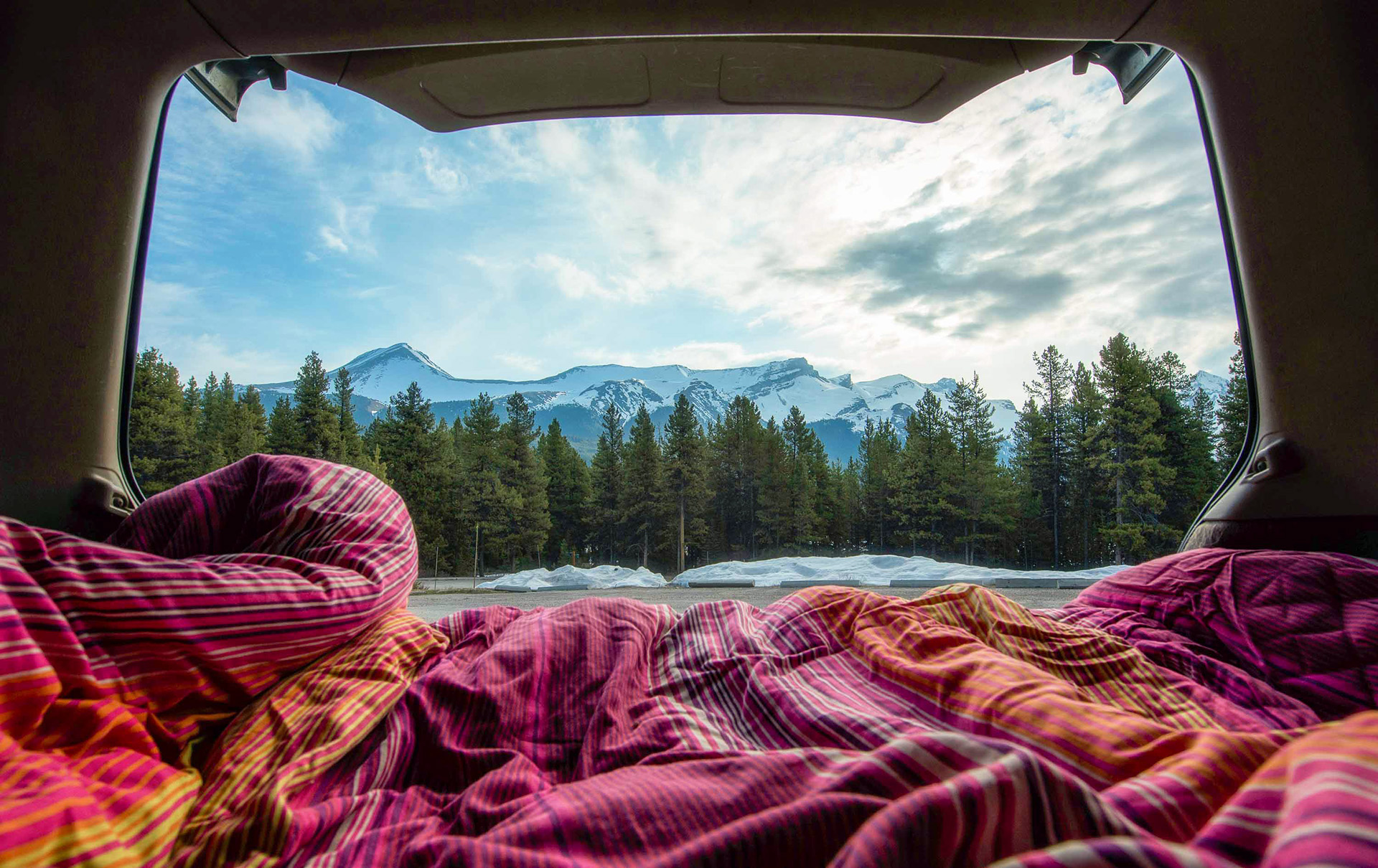Traveling and living in an RV (Recreational Vehicle) is no longer a new concept to the travel-loving community in North America and Canada, even becoming a popular lifestyle in these countries and is expanding to many other countries. Since the first RV was built in 1910, today, camping areas for RV users appear everywhere. Even many locations in famous national parks need to be booked up to a year in advance. In the US, there are millions of people choosing to live in an RV instead of buying real estate.

During the pandemic, especially in the US, the RV market has grown by leaps and bounds. The hashtag #Vanlife (representing the free lifestyle of young people living in vans) has gradually become a popular “trendy” sign on social networks.
In Vietnam, the story of independent travel or the outdoor lifestyle is also being discussed more in the context of the epidemic. RVs actually include many types of specialized outdoor vehicles, but we are more familiar with two concepts.mobihomeandmotorhome- also used to talk about a car model combined with a living space.
But are mobihome and motorhome the same thing?
Mobihome is actually the abbreviation of the phrase “mobile home” (mobile house), meaning “mobile home”. The meaning of this phrase is the same as the name, mobile home is a type of house designed with full interior furniture and amenities similar to a traditional house, the only difference is that the mobile home can be removed from the foundation and floor and moved anywhere.

Mobihome (mobile home) are houses that can be "lifted" up and moved.
On the contrary, motorhome is the correct name to talk about the camping car combined with living space. Mortorhome, roughly translated as “house on a car”, has the engine attached to the body, allowing people in the car to move - from going to the toilet, opening the refrigerator to get food and drinks - while the car is running. The price of a motorhome is usually quite expensive, fluctuating depending on the car model, from class A, B, C, travel trailer or camper van... A large motorhome can carry 8-10 people.
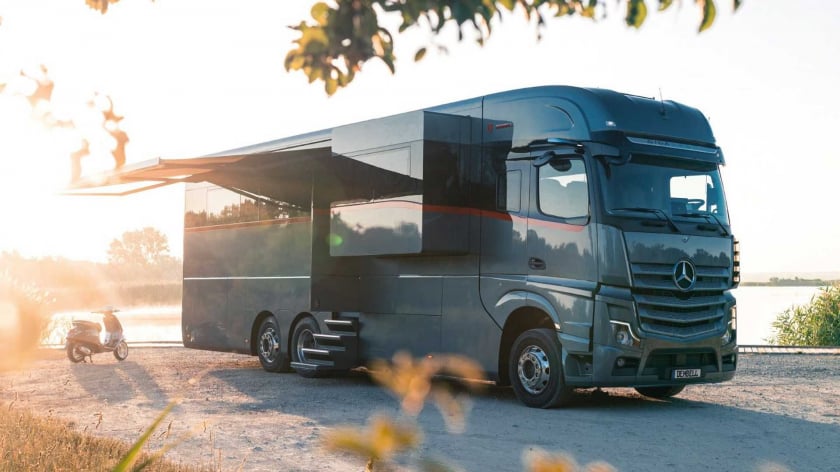
Dembell Motorhome - a vehicle built on the Mercedes-Benz Actros truck model

Interior design of a motorhome with full amenities in 3 spaces: living room, kitchen and bedroom
Ironically, nowadays, mobihome is the name we hear and see the most on newspapers and social networks in Vietnam, even though 90% of the vehicles people are talking about are... motorhomes. There is now a company specializing in designing and manufacturing motorhomes, but with the name Mobihome Vietnam (xemobihome.com). Even major websites about four-wheeled vehicles such as Hyundai North and Tay Do Auto use the term "mobihome" to refer to vehicles that combine living space. On Facebook, motorhome groups also happily call this vehicle line "short" by the name... mobihome.
So is it necessary to separate mobihome and motorhome?
Even the history of mobihome and motorhome are not the same.
In the 1920s, trailers were popular in the United States, with many vacationers using them to store their belongings and then hook them up to their cars for travel. However, in the 1930s, the Great Depression hit, and the needs of Americans changed. With their affordability and availability, many people decided to stay in these trailers and treat them like traditional homes.
Over the years, the use of trailers as homes became increasingly popular among the working class in this country. According to BBC, in the 1940s and 1950s, manufacturers improved a series of trailers into larger housing models called double-wides to meet strong customer demand. The change in purpose led to a change in name. By the 1950s, manufacturers officially renamed these trailers to mobile homes.
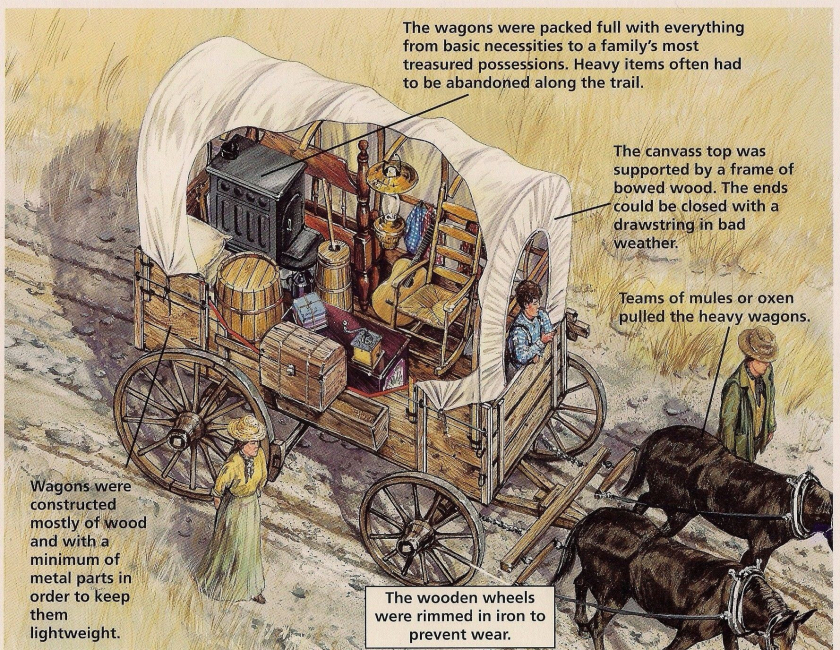
The first "camping cars" were pulled by horses.
Meanwhile, the origin of the motorhome dates back to 1910, when the American motor vehicle manufacturer Pierce-Arrow introduced the Touring Landau model at an exhibition dedicated to camping enthusiasts. In the 1920s, private manufacturers and manufacturers began to repair panel trucks and buses (panel trucks and panel buses) to serve camping purposes. This type of vehicle was then discontinued due to World War II, and it was not until the early 1950s that they were invested in and systematically designed again. The reason is that in 1958, Raymond Frank, an American, built his first camping vehicle and called it a motorhome, so that his family could comfortably go on vacations in Florida and the American Midwest. Soon after, other camping enthusiasts expressed interest in this motorhome and hired Frank to build more.
By the 1960s, motorhomes had become a popular model due to their convenience.
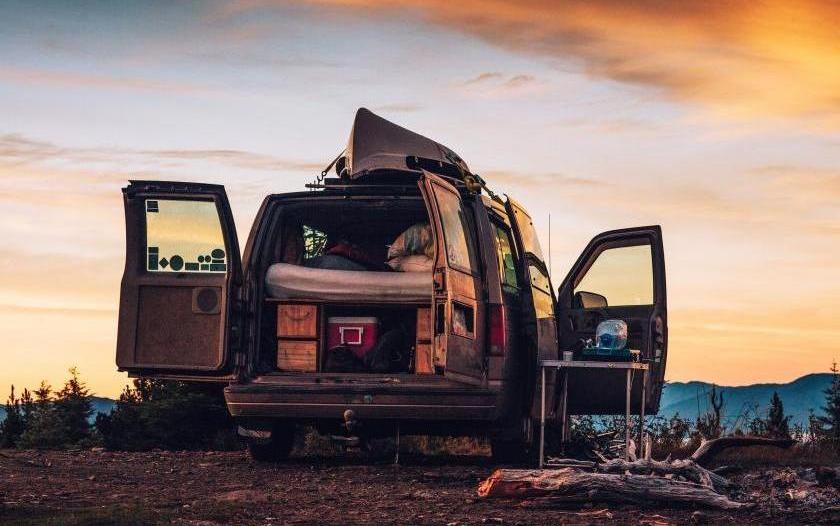
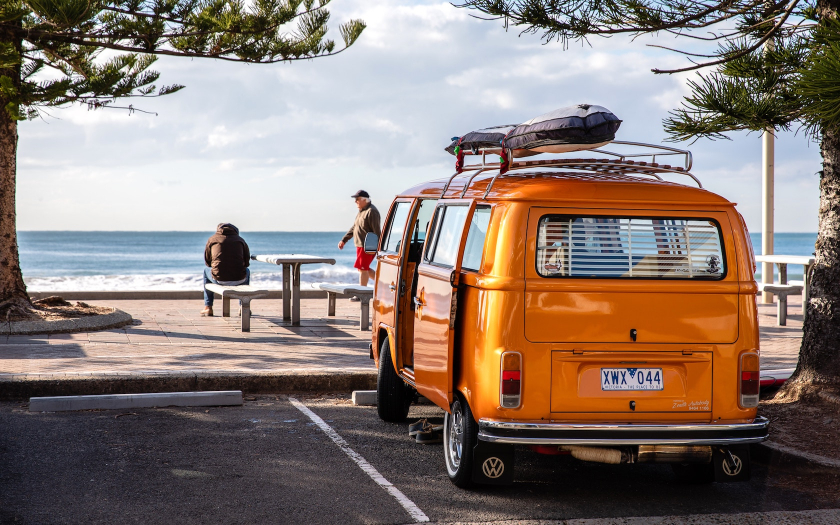
From that, it can be seen that, in addition to the historical factor, the clear difference between mobile home and motorhome also lies inengine.
A mobile home does not have an engine attached, so you cannot drive it anywhere. When you want to "move home", you have to hook it up to a tow truck to pull it from one area to another, and that place will become your new address, you will live there for a long time and cannot participate in short trips or picnics like when using a motorhome. During the move, there must be a special supervisor whose job is to notify other drivers that a mobile home is about to appear on the road.
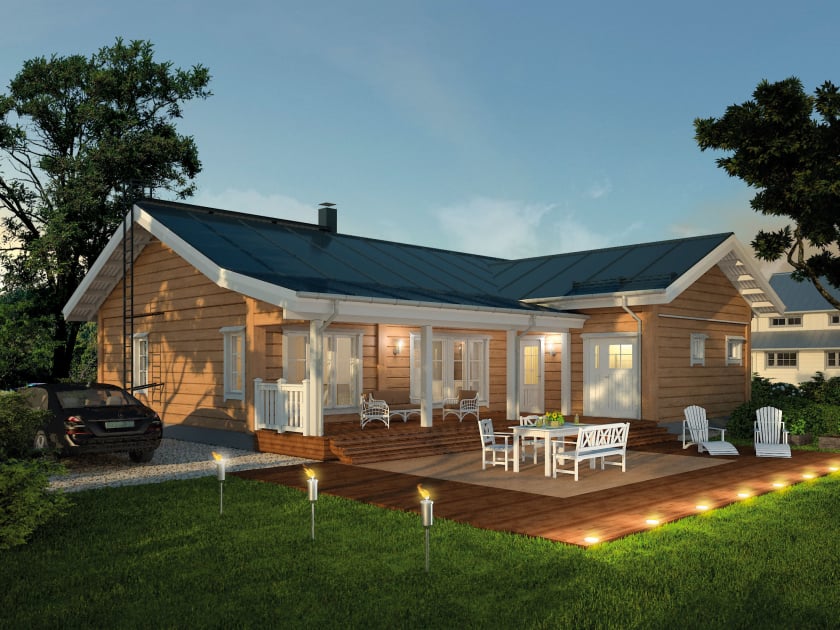
A mobile home
Mobile homes are so large that they act as a real home, and apart from a few private areas, there are no parking spaces that can accommodate them. In addition, many roads cannot accommodate the weight of a mobile home. It is necessary to have a pre-planned route, time and specific route before starting to move the mobile home.
In contrast, a motorhome is essentially a car that you can use to drive from one place to another using its own engine. It has a steering wheel, engine, driver's seat and passenger seat. Motorhomes are small enough to travel on roads and highways. Motorhomes also need regular maintenance like any other means of transport. In countries where motorhome tourism is developed such as Australia, Canada, North America or Europe, parking lots and stopping areas for motorhomes are very popular, and can be found almost anywhere.
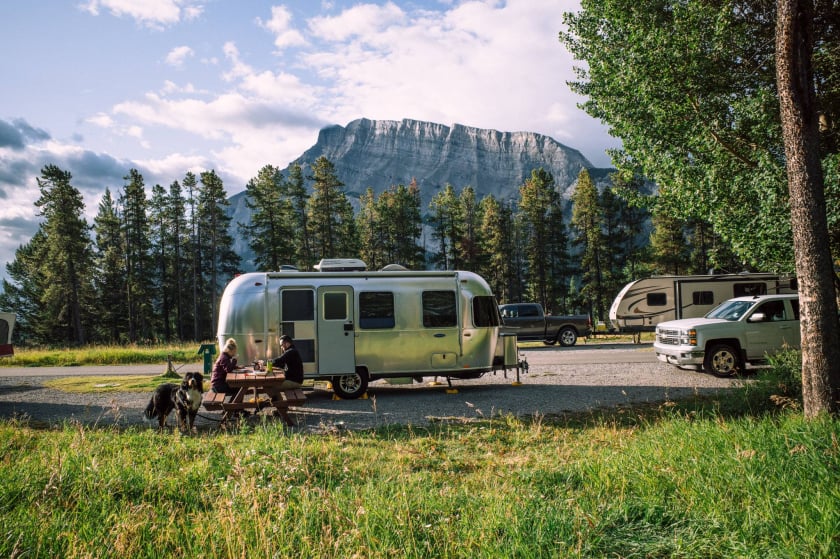
A family next to a motorhome (Photo: Bao Khanh)
In the past two years, traveling by motorhome has become a trend favored by a large number of young people in Vietnam, especially families. They are willing to spend hundreds of thousands, even billions of dong to "transform" a four-wheeled vehicle into a mobile room. And there have also been new companies opened, specializing in the production and design of this type of motorhome for both sale and rental.

The motorhome of the couple Duy Tan - Ha My
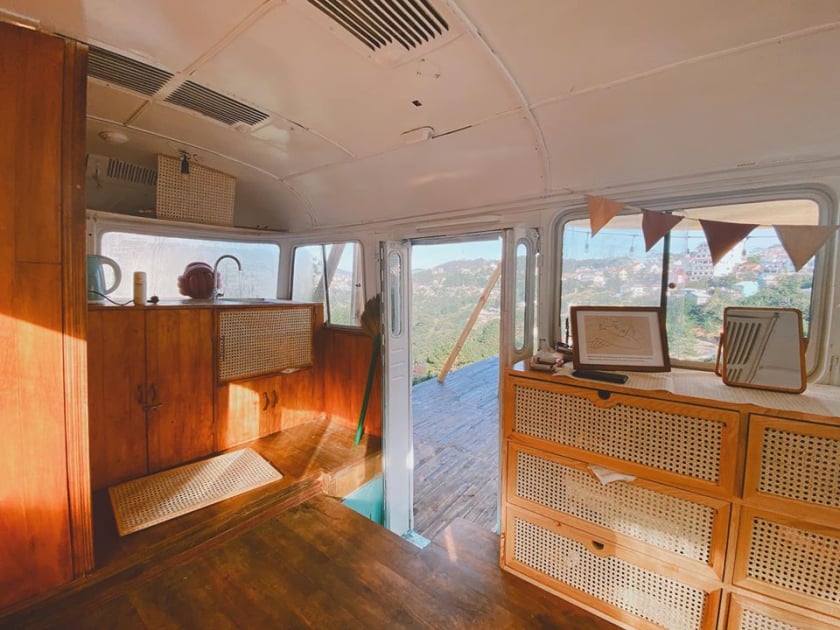

Since the outbreak of Covid-19, motorhome tourism is one of the few new forms of tourism that are expected to develop post-pandemic, replacing tours and group trips. New routes, new experiences, pristine, deserted places... are also gradually replacing crowded, bustling tourist destinations. But whether this replacement is just a temporary trend, or will become a new lifestyle - culture in Vietnam, this perhaps time will gradually answer.






